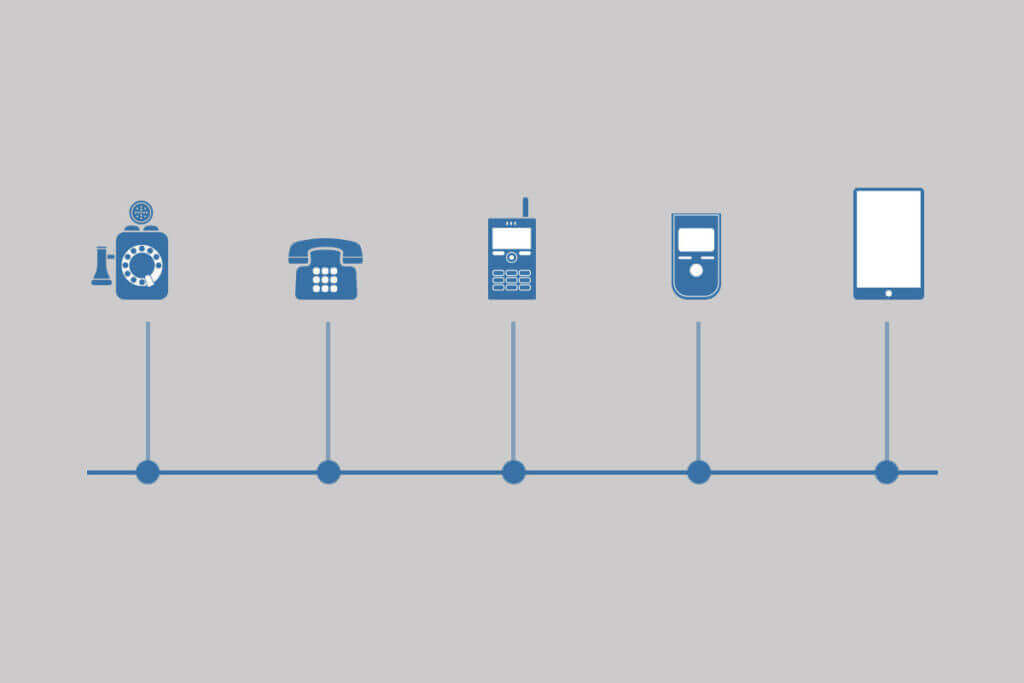
You may have heard about Google’s Accelerated Mobile Pages (AMP) project. Countless articles have been written on this very subject. First introduced in 2015, The Google AMP project aims to improve the performance of web content on mobile devices. While AMP does offer many benefits for mobile websites in terms of speed, it can also be very limiting when it comes to user experience and integrating industry specific features. So the question is, “is AMP the right choice for a hotel website?”
A Brief HISTORY OF WEBSITES
It may be helpful to look at a history of website design and how it has evolved since the World Wide Web was born in 1990. From 1991 to 1993, websites were text-only pages viewed using a very simple browser. In 1993, the Mosaic browser revolutionized the internet with sounds and graphics, giving users an engaging experience.
In 2004, Web 2.0, marked a noticeable shift in websites, where static pages gave way to dynamic and user-generated content. Keep in mind, these websites all ran on a desktop browser.

The world changed in 2007, when Apple released the iPhone and created the demand for a mobile web. Between 2007 and 2010, marketers were faced with the challenge of reaching the right customer, on the right device with the right message. Mobile specific websites tried to address this challenge but only created complex publishing systems.
As smartphone technology and usage skyrocketed, responsive website design’s approach in 2010 was to make website pages render well regardless of the device or screen size. So, what is the drawback of these responsive websites? Unfortunately, these beautiful responsive websites many times loaded too slowly for mobile users. Google is trying to solve this issue with the introduction of the AMP Project in 2015.
What exactly is THE GOOGLE AMP PROJECT?
Led by Google as a direct competitor to Facebook’s Instant Articles, the AMP Project is trying to improve the performance of web content and ads on mobile. This is a very important challenge to solve as not all mobile users have the luxury of lightning fast networks and state of the art smartphones. Think with Google’s 2016 report notes that 70% of cellular network connections globally will occur at 3G or slower speeds through 2020.




